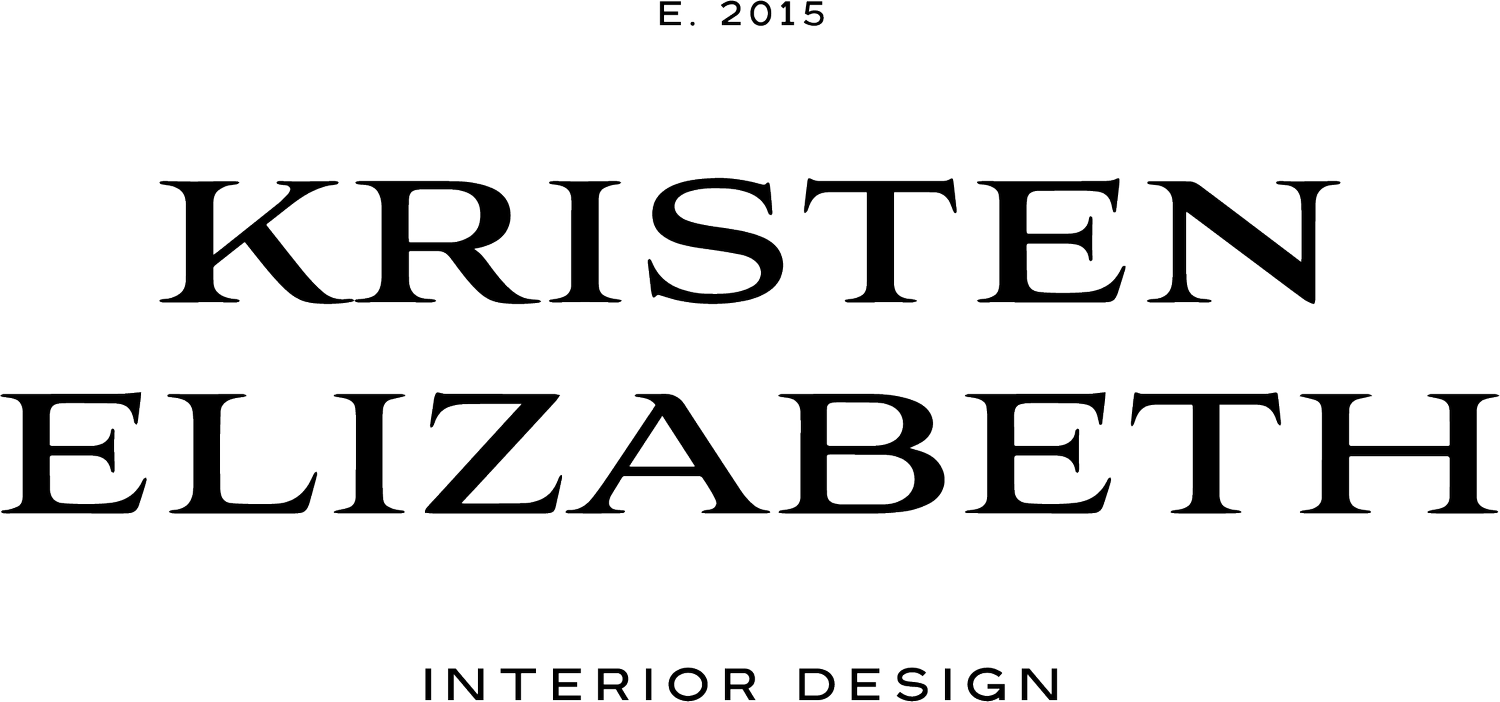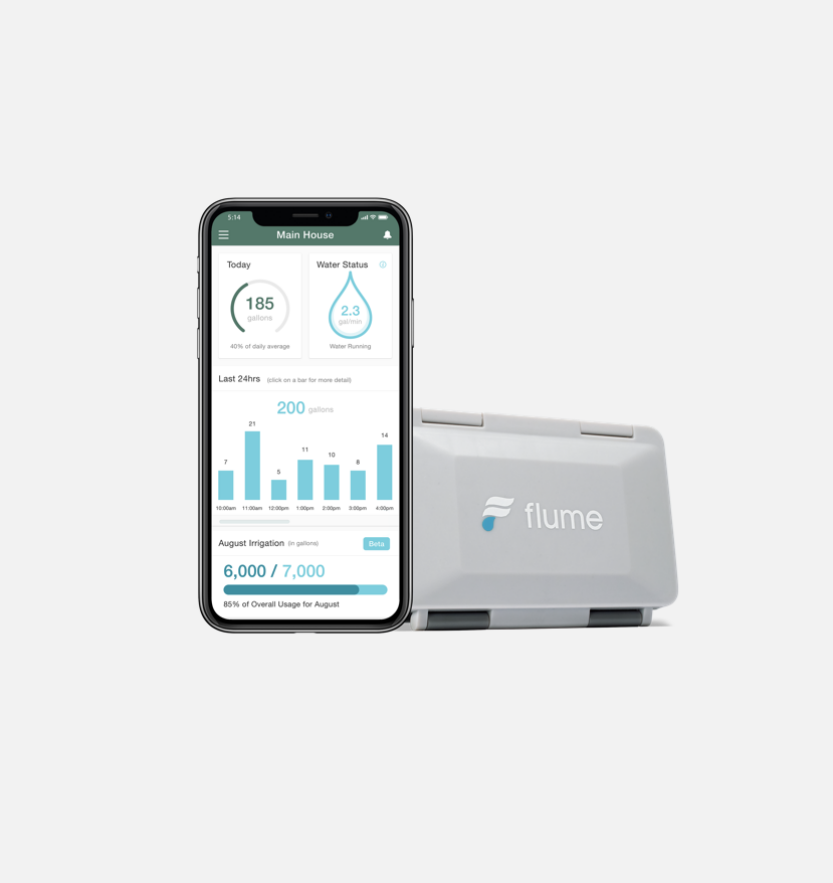Want to Live Greener?
Easy ways to save water (and money) around the house
If you want to do your part and help conserve water, we’re covering all the changes you can make to cut back on water consumption and lower your utility bills.
Photo Credit: TravelandLeisure.com
You may have heard it before but it’s good to be reminded that fresh water is a finite resource. We use it every day and take it for granted, but a quarter of the world’s population doesn’t have access to clean water (PBS).
Though in many parts of California, we’ve received record rainfall in 2023 that doesn’t mean that we’re in the clear. If you want to reduce your carbon footprint and develop a more sustainable lifestyle, it’s important to be mindful of water usage. As the summer months approach, we reviewing all the ways you can reduce your water usage.
Check Your Home for Leaks
One important task to take care of periodically is to check for water leaks. Even small leaks can add up quickly. The average household leak can waste up to 10 thousand gallons of water a year (EPA). So check your pipes, faucets, shower heads, hose, sprinklers, and appliances to be sure no excess water is escaping.
A handy device that can help is a smart water detector that’ll alert you to leaks. They can help identify problems you never knew existed, while some will automatically shut off your water when a leak occurs to prevent water damage. We recommend going with a detector that also tracks your water usage so you can be aware of your household water intake and monitor your efforts to cut back.
Photo Credit: Smeg
Invest in High-Efficiency and Water Sense Appliances
If you haven’t already, we recommend investing in high-efficiency appliances, including water-saving products. Any product with a WaterSense or Energy Star label means it meets strict EPA requirements for water and energy efficiency without sacrificing performance.
Installing these products throughout your home can make a huge difference. An Energy Star dishwasher for example can save an average of 3,800 gallons of water over its lifetime. While an Energy Star washing machine uses around 20% less energy and 30% less water than regular washers.
Install WaterSense toilets, faucets, shower heads, and sprinklers to maximize your savings. WaterSense products use an average of 20% less water, save energy, and work just as well as if not better than standard varieties.
Get in the habit of running these appliances only when they're full to save both water and energy. You use about 80% more water when handwashing your dishes, so opt for the dishwasher over handwashing when possible (NRDC).
Don’t only think about your appliances that use water, ensuring that you have energy-efficient Energy Star appliances throughout your home is also important. Why? Because reducing energy use also helps save water. This is because the electricity that’s produced using fossil fuels or nuclear power needs water to cool the plant. So reducing energy use is a triple win. Not only are you helping the environment by cutting back on carbon emissions but you’re also saving water AND saving money by lowering your utility bills.
Want to know how much you can save before you make the switch? Both Energy Star and Water Sense have handy calculators to estimate your savings.
Photo Credit: Dwell - Divya Pande
Go for Native or Drought-Tolerant Landscaping
Don’t forget to think about how you use water outside as well. The EPA estimates that 30% of household water use in the US is outdoors. So ditch that grass lawn and consider installing a native or drought-tolerant landscape.
Native bushes, grasses, and flowers have adapted to local rainfall rates, so they’ll need minimal water or zero water, depending on where you live. They also foster healthy soil and enhance local biodiversity. While drought-tolerant landscaping works best for drier claimants and also uses less water.
If you’re not ready to say goodbye to your lawn altogether, then let your grass grow a bit longer (3-4 inches) which will help reduce evaporation. Also, water it during the cooler parts of the day and go for drip irrigation or be sure your sprinklers are on a timer. A WaterSense irrigation system will make sure you’re watering your landscaping efficiently.
Photo Credit: Gardeners.com
Harvest Rainwater to Save Water
There are many reasons why harvesting rainwater is beneficial – from cutting back on water and energy use to reducing stormwater runoff and restoring groundwater. And like WaterSmart appliances and fixtures it helps lower your water bill.
But first, if you’re unfamiliar with the term you may be wondering what it means. Harvesting rainwater is the collection of rainwater from your roof into a tank, barrel, or cistern for later use. It can then be distributed throughout your yard when needed. Collection methods range from large tanks to smaller urns depending on the system you want/need.
If you’re worried about ugly tanks or barrels in your yard there are options you can install in the ground or smaller more aesthetically pleasing urns.
Photo Credit: WaterDefense.org
More Home Tips to Conserve Water
Aside from the investments and changes we’ve outlined above, being mindful of your daily routine and habits goes a long way. Below are easy tips you can implement into your regular routine to help conserve water.
Don’t leave the faucet running when washing your hands, brushing your teeth, or shaving
Be mindful of your shower length and reduce your tub use
Consider showering with a bucket to harvest water for outdoor use
Don’t dump leftover water down the drain, find a better use for it instead
Don’t use running water to defrost foods, instead thaw in the fridge the day before or overnight
Only run full loads of laundry and dishes
Don’t pre-rinse your dishes, just scrape and load
Opt for a carwash that recycles its water vs. washing your car in your driveway
By forming new habits, these small changes can make a big impact not only on the environment but on your utility bills as well.
Reduce Your Indirect Water Use
If you want to go a step further than cutting back water around your household, then think about how you can reduce your indirect water consumption. Indirect water use are things that need water to be produced — just like energy production requires water, so do a lot of other things. Here are steps you can take to reduce your indirect water consumption.
Eat less meat or beef which is the most water-intensive protein
Cut back on sugar
Eat less processed foods
Shop local goods
Reuse and upcycle products
Use eco-friendly cleaning products
If your home needs an upgrade to be more eco-friendly, then KED can help! We understand the importance of green design and can help bring your ideal sustainable home to life. From eco-friendly materials to green design methods we know it all. Contact us today to tell us about your project!
Ready to get started? Contact us today to discuss your unique project goals and needs.






